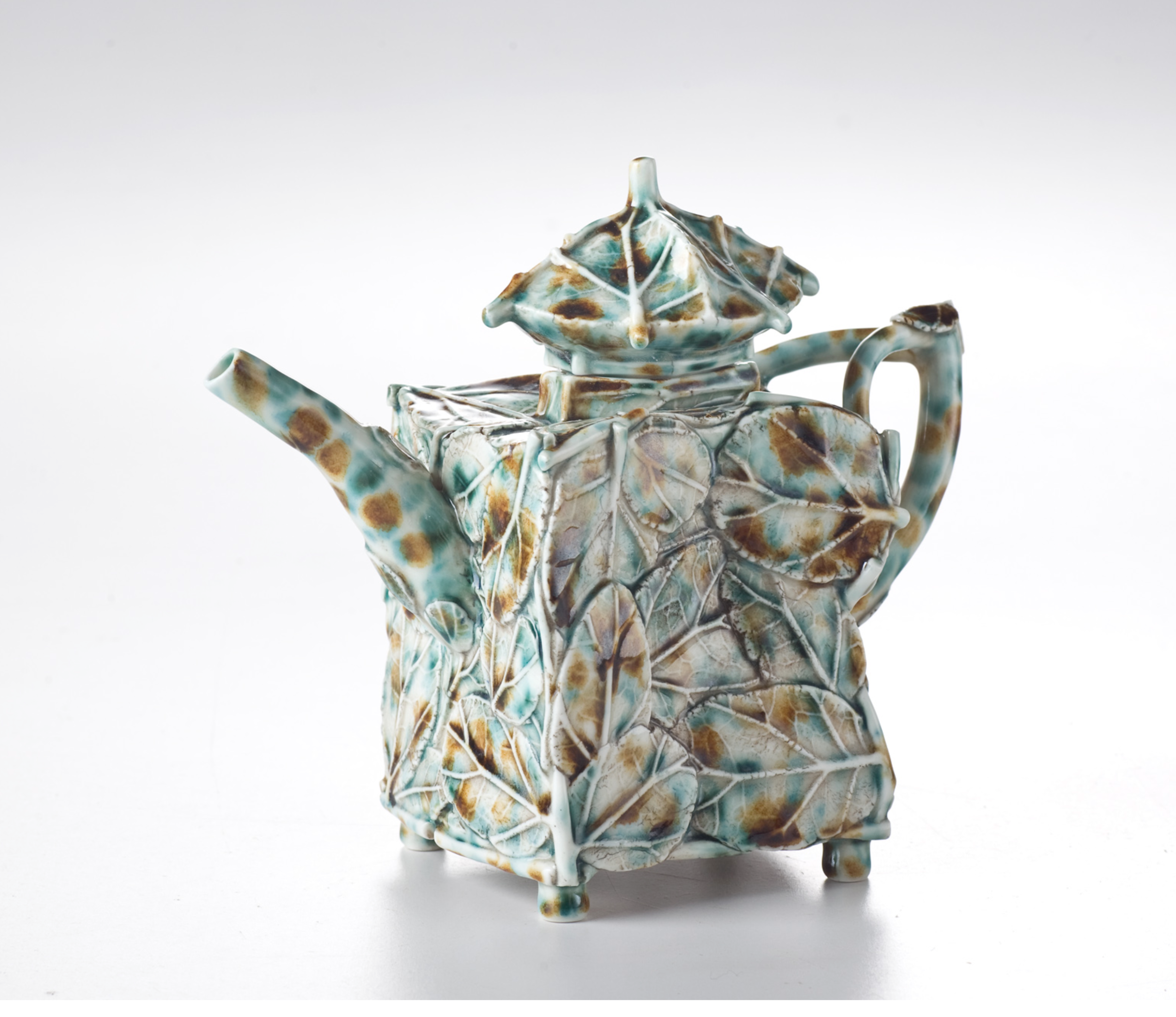Profile... Genuine Engagement
Good teaching is more a giving of right questions than a giving of right answers. [i]
- Josef Albers
Words by Margaret Hancock Davis.
Photos courtesy of the artist.
In 2018 Bruce Nuske retired after 45-year career teaching visual arts in the tertiary sector in South Australia. Undeniably across this time, Bruce experienced an ever-evolving education system and the vagaries of fashion in the artworld. Rather than focus on the system, I was keen to delve into the way Bruce perceived his role as an arts educator, and how he ensured the best outcomes for his students.
Bruce notes that he always had believed his ability to think on his feet, held him in good stead as an art teacher. Not being rigid, changing tact and responding to each student’s individual needs was an important way to guide young artists.
‘I was not interested imposing a way of making, rather I was keen to build confidence in their decision making, regardless of their ability I was always interested in gaining a genuine interaction. I aimed to create a space where a student’s journey was opened ended, one that enabled play and discovery. I enjoyed talking with students, gauging their responses, how they might fit, encouraging them to think for themselves.’
Though Bruce admits that he personally enjoys living life in a bit of a creative fantasy of his own making, he would habitually encourage young artists to seek inspiration in the world around them. “There is always inspiration even the simplest of things, I would often send my students outside to collect a group of similar items, then once back in the studio i would ask the students to categorise what they had found. There was always a multitude of responses, someone may group their finds by colours, others in descending size order, other by shape. Then I encouraged them to talk about their decisions - asking questions: why have you chosen that order, what are the difference, what are the similarities. It’s a way to hone your eye. A way to look at things, to understand them
I would always encourage students to look and discuss each other’s works, as well as visiting galleries, to look at the artworks by others. It helps one to develop the language around art and continues that questioning. The ability to draw comparison, question why you like it, and how you may investigate the same idea or process differently. Talking about art enables students to tap into their own interests. It’s how you work out what you really enjoy, what you are truly interested in.”
There is the one thing Bruce is certain that developing young artists need, and that is to have a deep-seated interest that pushes their investigations in concepts and materials. ‘Some young artists may wish to push to the finish line, learning the ways and ingredients to operate, however if they are pursuing something that they don’t really believe in, if it isn’t something that is real and genuine, and they really don’t know how they got there, it always come undone in the end.”
[i] Josef Albers (2006). “Interaction of Color”, p.70, Yale University Press


